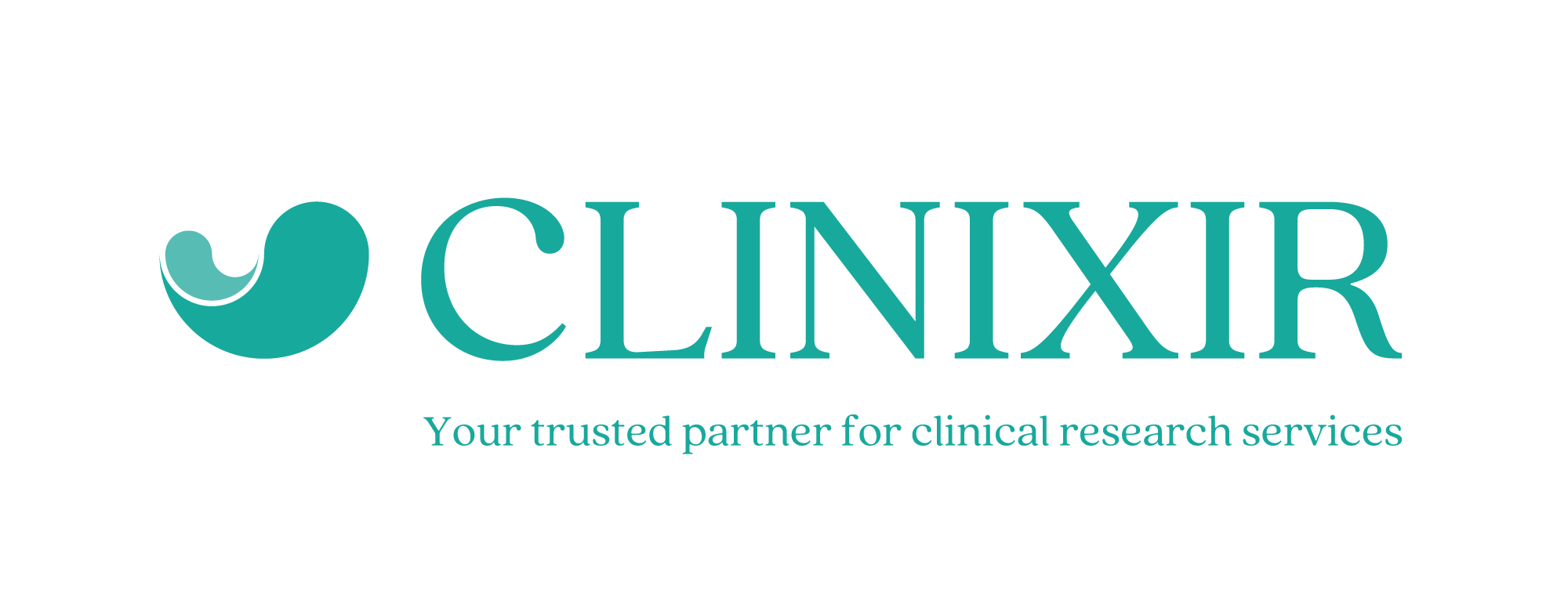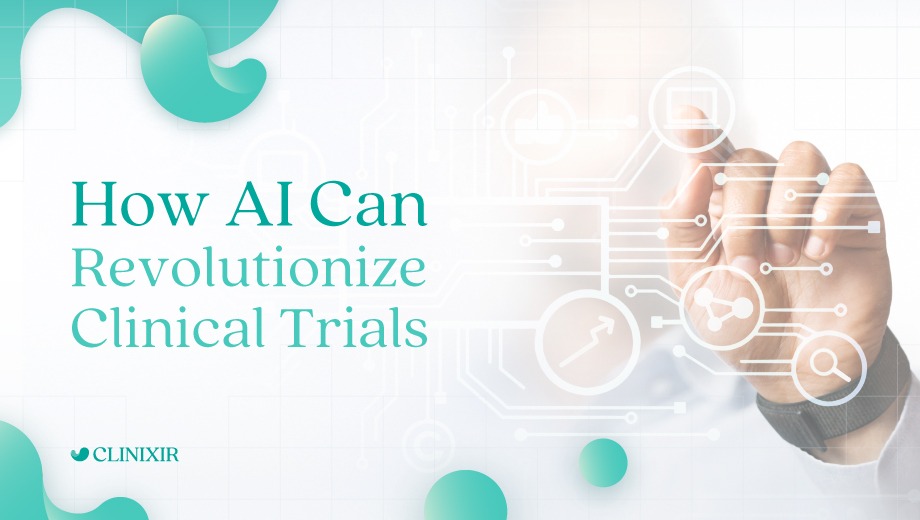When applied correctly, artificial intelligence unlocks new pathways to business innovation, laying the foundation for a generation of growth. Far more than just a tool for automating existing processes and cutting costs, AI in fact allows companies to revolutionize their entire approach to research and development.
These advantages are especially well suited to the healthcare industry, as the ability to leverage real-time analytics can create new opportunities in pharmaceutical development and other areas.
This technological leap comes at a critical time for healthcare organizations, and other businesses seeking to adapt to a post-pandemic world. Currently, 3 out of 4 C-suite executives believe that if they don’t begin utilizing artificial intelligence in the next five years, they run the risk of going out of business entirely.
By integrating AI technology at the center of the healthcare transformation process, many industry leaders are already making enormous advances that were out of reach just a few years ago. Today, machine learning helps to identify molecules that have the most potential, find patient populations that fit inclusion and exclusion criteria for clinical trials, and evaluate scans to improve and accelerate decision-making.
These solutions directly target several of the healthcare industry’s most common bottlenecks, allowing businesses to save on both time and costs, while also reducing risk and vastly improving the overall quality of their research.
Clinical trial study redesign
Effective study design is essential for all clinical trials, as mistakes in this area could have a disastrous effect on costs, efficiency, and overall success. Through focused data analysis, AI software can sort through all of the relevant variables to determine the optimal country and site strategies, as well as the ideal enrollment model, patient recruitment approach, and initial plan.
By providing this level of guidance, AI technology lets healthcare organizations shorten their overall cycle time for protocol development, reduce design corrections, and improve overall efficiency throughout each study. Such improvements result in higher recruitment rates, as well as fewer non-enrolling sites and protocol amendments. In practice, these benefits are often the deciding factor in whether or not a given trial can attain accurate and reliable results.
Site identification, recruitment and enrollment
For many industry leaders, locating viable trial sites and identifying patients that match their inclusion and exclusion criteria remain monumental tasks. Particularly when studies begin targeting niche communities, patient recruitment tends to become all the more arduous, costly, and time consuming.
Yet these bottlenecks are by no means inevitable. When using AI tools, organizations that perform on-site clinical trials consistently see better enrollment numbers. One of the many ways AI technology helps navigate this process is through the mapping of areas with a dense patient population. By using data analysis to identify the best avenues for patient recruitment, AI tools can overcome these obstacles even while helping healthcare organizations save on costs. Advanced data processing leads to more productive sites, accelerated recruiting, and a lower risk of under-enrollment.
Pharmacovigilance
By harnessing the power of proactive analytics, AI tools can also help organizations process roughly 8,000 case life cycles per week, with no human intervention required. This extra layer of analysis enables significant improvements in patient safety.
AI also increases visibility in other ways. For example, data listening and optical character recognition allow conversations on various social networking platforms to be monitored, helping healthcare organizations assess subject, site, and study risks. Negative events are swiftly and automatically documented, while the simultaneous formatting of unstructured data allows for faster and more comprehensive safety reviews. These tools are capable of translating millions of words in several languages, ensuring that no potential data point is overlooked.
Patient monitoring
AI tools are now being designed to identify early signs of developing diseases – even before they cause any harm. This innovation is made possible through automated data capturing, the digitalization of standard clinical assessments, and the cross-sharing of data across various systems.
AI algorithms can even provide continuous patient monitoring through wearable technology. Real-time insights are generated from data collected by the wearable tech, allowing for predictive algorithms which are far more accurate than traditional evaluation methods.
Safety, efficiency, and speed
Organizations that invest wisely in AI technology can sidestep traditional industry obstacles, and turn their vast data assets into valuable clinical insights. With the right AI solutions in place, industry leaders will find it much easier to recruit participants, remove bottlenecks related to data processing, streamline slow manual processes, predict developing diseases, and provide faster risk assessments. Clearing away these roadblocks enables far more successful clinical trials, opening the door to faster innovation and a new generation of industry growth.
Each of these advancements is made possible by the power and versatility of AI. When used to its full potential, this revolutionary tool creates real value for healthcare organizations, putting them on solid footing for growth in a post-COVID world.
If your organization is looking to revolutionize its business processes with AI technology, consider partnering with us. As specialists in the AI space, we’ll show you the way forward – and help you make the most of every opportunity. Contact us today to get started.



